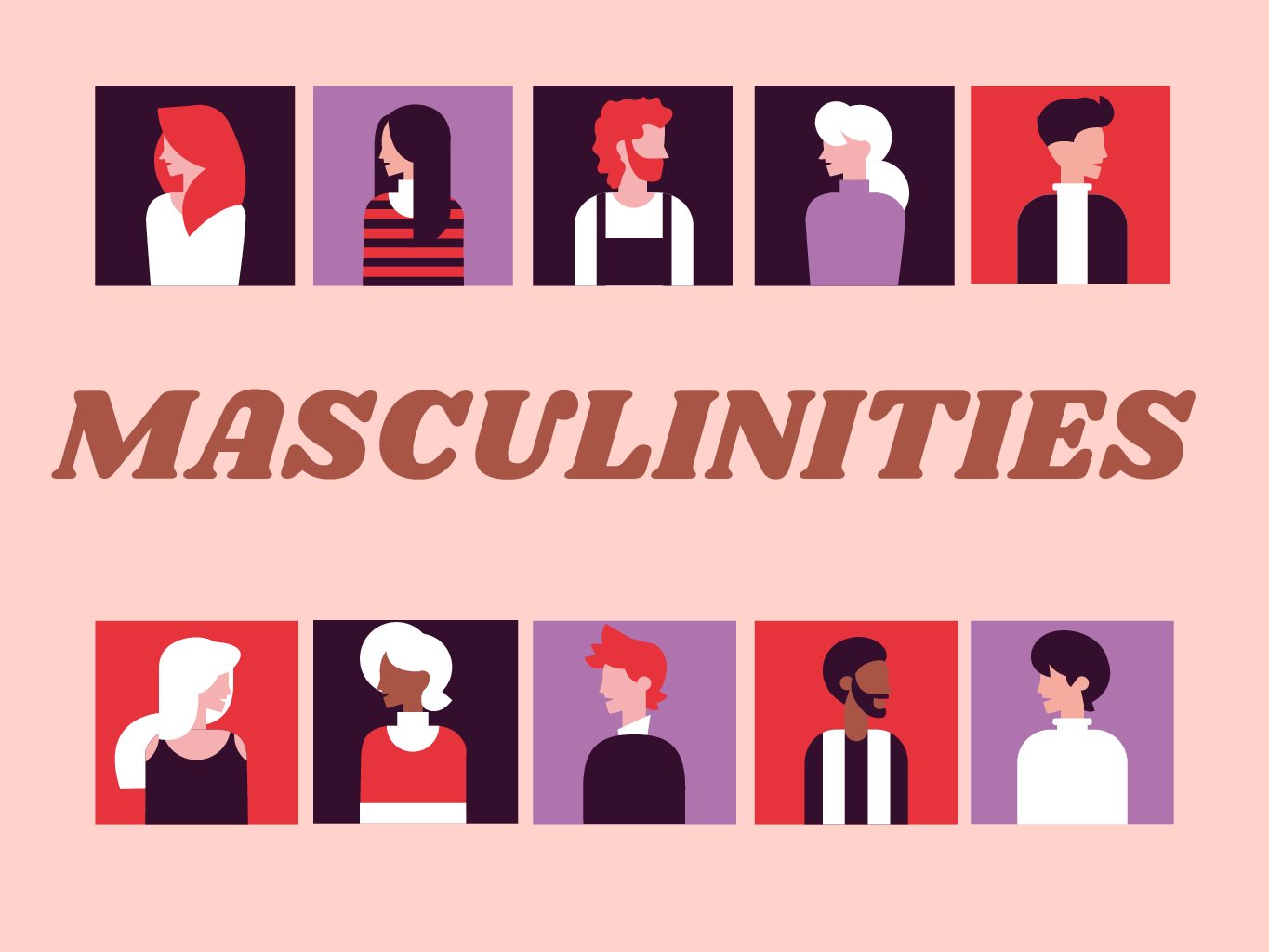Our theme of the month is Masculinities, through which we invite you, our readers, our writers and anyone else to reflect upon these social constructions and concepts as to observe their impacts, their implications and potentially challenge these preconceptions. Ultimately asking what these are, what do they do, how do they affect our everyday relationships and interactions, what do these mean to you, and potentially why one should stir away from them?
Connell (a prominent scholar on the question) explains that speaking of masculinities is to speak about gender relations in a broad sense. Masculinities are not equivalent to men but concern their position in a gender order. These socially constructed ideals represent patterns of practices through which both men and women, albeit primarily men, engage. In that regard, masculinities are multiple, they are dependent on one’s context, one’s environment and his/her/their historical/cultural record. Moreover, Jack Halberstan, a tenured Professor in the Department of English and Comparative Literature, and the Institute for Research on Women, Gender, Sexuality at Columbia University, claimed in “Female Masculinity” that by looking at female masculinity, one is allowed a glimpse into how masculinities are constructed as masculinities. These gender practices are produced and performed by both women and men, which proves the relevance to better grasp them for any feminist as these represent yet another power structure, at times oppressing men, women or both.
“Masculinities, to the extent that the term can be defined at all, would be simultaneously a place of gender relations, the patterns of practices through which individuals engage as well as the implications of these constructions on one’s bodily perception, experience, personality and culture.”
Masculinities are also hierarchical and intertwined with questions surrounding sexuality, sexual orientation and gender expression. Connell coined the term hegemonic masculinity as a power relationship of dominance/subordination, in which a normative ideal of masculinity takes the place of hegemon (i.e. central place). In other words, it represents the current most honoured/most looked up way of being a man, a ‘real’ one. Ideals such as men do not cry, men have to be tough, men have to be brave, men have to be strong, men are not sissies, etc., which at times develop into toxic masculinity. These ideals are contingent upon one’s culture and environment as well as upon one’s other intersecting identities, such as race, sexuality, disability or any other meaningful group. This power hierarchy effectively assumes subordinate and marginalised masculinities, which are rooted in one’s other identities such as class, race, gender expression or sexuality. In this regard, these individuals may showcase specific characteristics ascribed to the hegemon but will never be considered as achieving that status because of other identity traits.
The concept of masculinity needs to be questioned, understood and re-thought by any means, especially since it still sits within the binary construction of gender, and we hope that these few words started or allowed you to continue a personal questioning.

